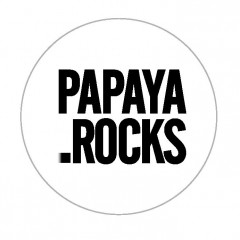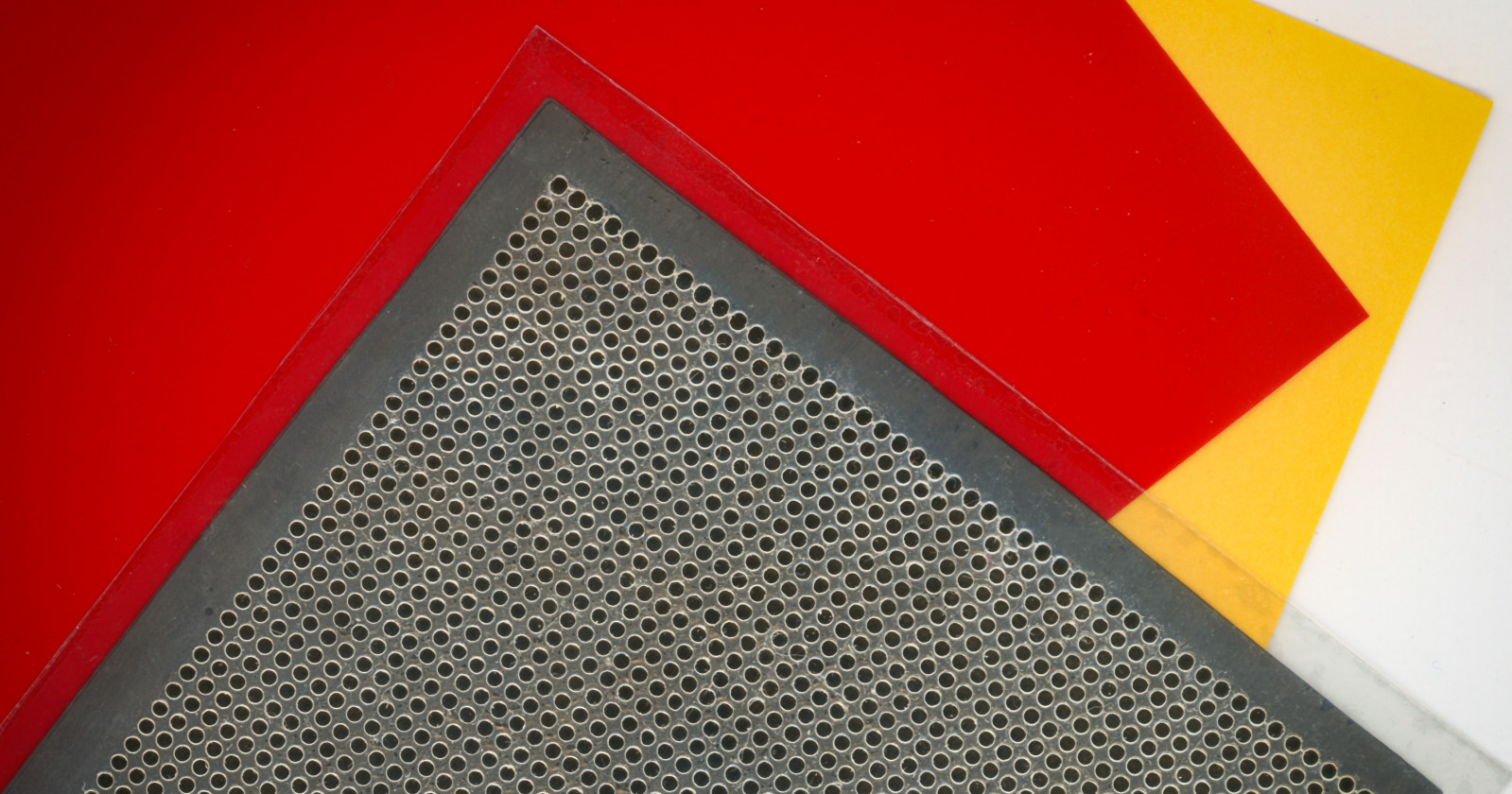
MIT Researchers Developed a Paper-Thin Speaker. Now Every Surface Can Be a Sound Source27.04.2022
Weighing only as much as a dime, the device requires only a small amount of power to operate.
“It feels remarkable to take what looks like a slender sheet of paper, attach two clips to it, plug it into the headphone port of your computer, and start hearing sounds emanating from it. It can be used anywhere. One just needs a smidgeon of electrical power to run it,” says Vladimir Bulović of the Massachusetts Institute of Technology (MIT), barely able to contain his excitement with the results the team he’s led was able to produce. In the demonstration video you can see below, the ultrathin rectangle softly plays Queen’s We Are the Champions with only negligible distortions.
A speaker found in audio systems uses electric current inputs that pass through a wire coil that generates a magnetic field. The field moves the speaker membrane, which, in turn, moves the air above it to make sound. The MIT greatly simplified the design by using a shaped piezoelectric material covered in tiny domes. Each about the width of a human hair, the domes vibrate individually, meaning that the speaker does not have to be freestanding and may be mounted in less obvious locations.
“This is a very simple, straightforward process. It would allow us to produce these loudspeakers (…) in large amounts, like wallpaper to cover walls, cars, or aircraft interiors,” says Jinchi Han. Another asset of the reengineered speaker, one that predisposes it to use in ultrasound imaging, for example, is its high resonance frequency. The researchers also believe the device could use ultrasound echolocation to detect where humans are in the room and shape the sound waves to follow them as they move. A feature like that would find widespread use in the entertainment industry and immersive exhibition design. Covering the domes in some kind of reflecting surface would also allow the speaker to be used to display specific light patterns.
Mounted to a wall around 30 cm from a microphone, the ultrathin speaker produced a sound pressure level of 86 decibels, more or less the same volume level as city traffic
see also
- Papaya Films announces cooperation with Martin Aamund
News
Papaya Films announces cooperation with Martin Aamund
- The First Heart 3D-Printed Using Human Stem Cells Promises a Breakthrough in Transplant Science
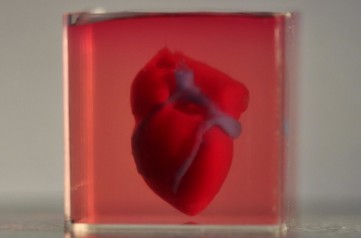
News
The First Heart 3D-Printed Using Human Stem Cells Promises a Breakthrough in Transplant Science
- Aleksander Kropidłowski: In Search of Synthesis
 Papaya Films
Papaya FilmsPeople
Aleksander Kropidłowski: In Search of Synthesis
- Learning to levitate. Look behind the scenes of the latest Air Wick commercial produced by Papaya Films London Papaya Films
News
Learning to levitate. Look behind the scenes of the latest Air Wick commercial produced by Papaya Films London
discover playlists
-
 03
03 -
George Lucas
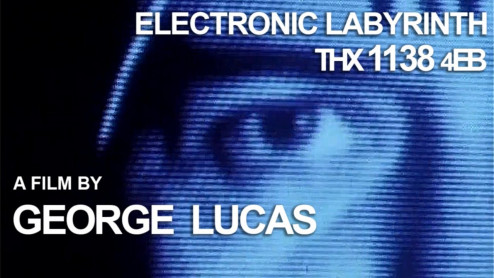 02
02George Lucas
-
PZU
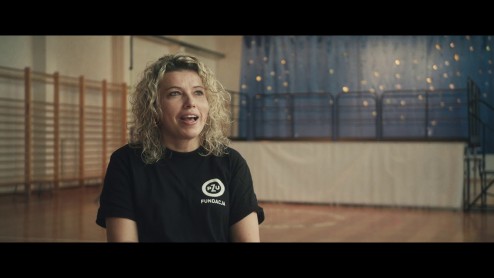 04
04PZU
-
Nagrody Specjalne PYD 2020
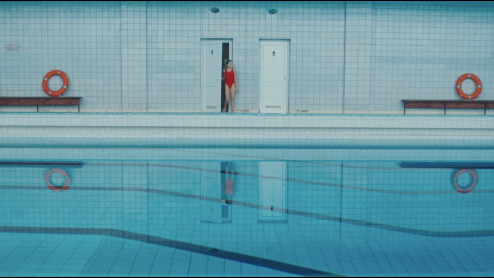 02
02Nagrody Specjalne PYD 2020
